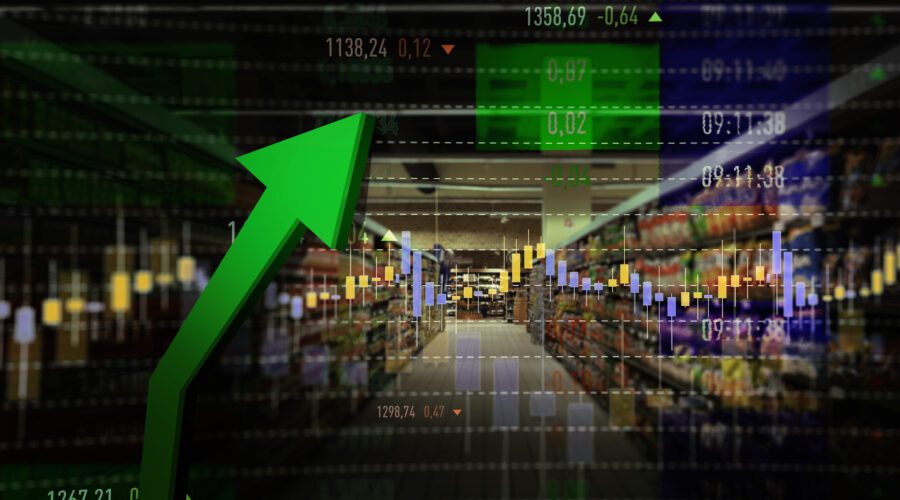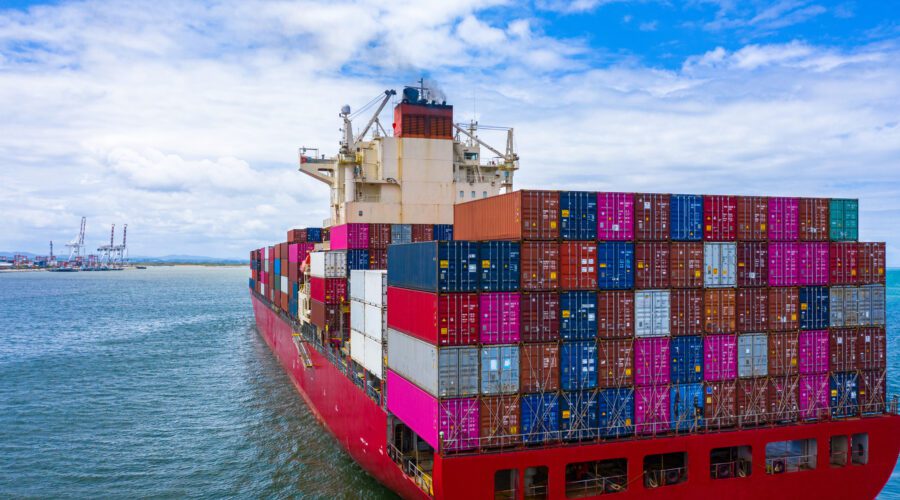It’s no secret that consumers demand faster shipping times, convenient shopping options, and better customer service. One thing many organizations are just now beginning to realize is their customers’ demand for environmental sustainability. In fact, 32% of US consumers look first to companies that work to reduce their impact on the environment.
Now, as a transportation and logistics company seeing increases in demand for shipping, the idea of reducing the carbon footprint may seem impossible—or at least incredibly difficult—especially with the supply chain so fragile at the moment. Organizations that rely on shipping services will begin to heed their customers’ demands and seek out solutions for greater sustainability. This is how LIWMI intends to be ready to meet those demands.
Alternative Fuel Technologies
The most obvious solution for reducing our carbon footprint is a change in fuel technologies. This isn’t new technology either. Electric cars have been a reality for decades and in regular use for several years. Electric, hybrid, and autonomous trucks are all already in use in several locations, and that’s just the beginning.
In order to meet client and consumer demands, we also seek out the most efficient and sustainable sea transport and train solutions before shipments even reach the trucks. Distribution facilities may be selected according to energy use. For instance, is there solar, wind, or water power available?
Every step of the journey has options for reducing the carbon footprint. We will seek out and put to use every viable option.
Yard Logistics
Efficiently planning the yard logistics can help reduce your carbon footprint, too. Smoothing the operations between ship or train to the warehouse and then between the warehouse to the truck can help to eliminate waste in many ways. First, wasted man-hours, which might be spent waiting rather than working. Second, wasted transportation, specifically between the rail or dock and the warehouse. Finally, the carbon emissions from unnecessary machinery could be eliminated with better yard logistics.
Planning the steps between each point in the process is what we do best. We optimize our on-site resources and planning so that execution is as fast, efficient, and eco-friendly as possible.
Using the Internet of Things (IoT)
Technology has made it possible for users to keep a close eye on tire pressure during a journey. This might seem like a safety precaution, and it is, but it also helps to reduce fuel consumption. Did you know that properly inflated tires use less fuel? Proper inflation also means tires last longer, which leads to less waste.
This same technology can be used to collect data on speed, location, fuel consumption, driver behavior, and so much more. The more information we can gather, the more improvements we can make to our process.
Using the Data
The data we gather through monitoring our transportation also helps us to reduce our carbon footprint. With information about shipping speeds, truck maintenance needs, load maximums and minimums, and more, we can eliminate waste and make the most of the resources available to us.
This data also serves to strengthen our supply chain, as we can effectively communicate and collaborate with all our business partners to ensure we make the most of every drop of fuel, every inch of space on our trucks and in our shipping containers, and every minute of life left in our equipment.
We think sustainability is crucial to our future, and we’ll continue to evolve as new information and technology become available.








